Starling Family
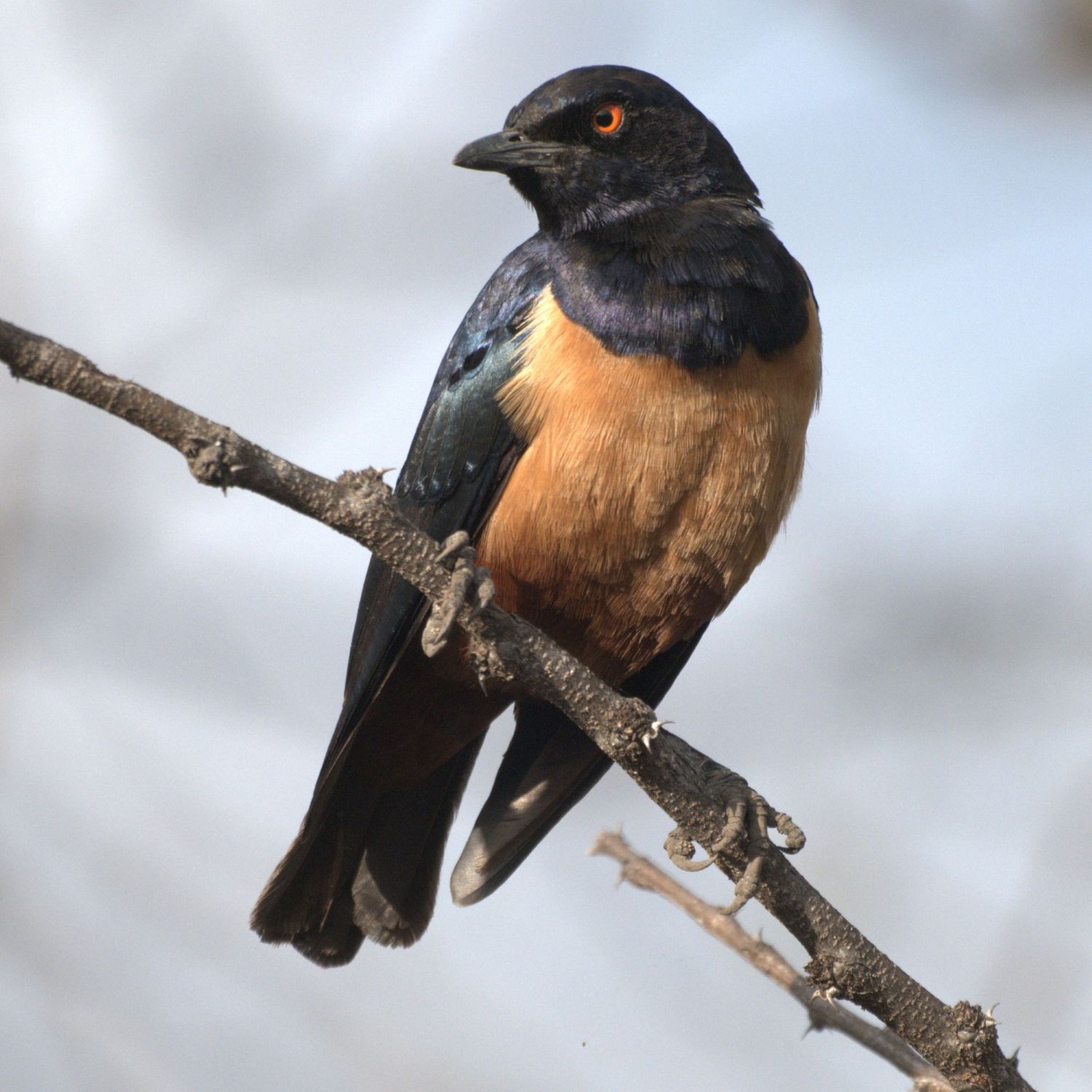
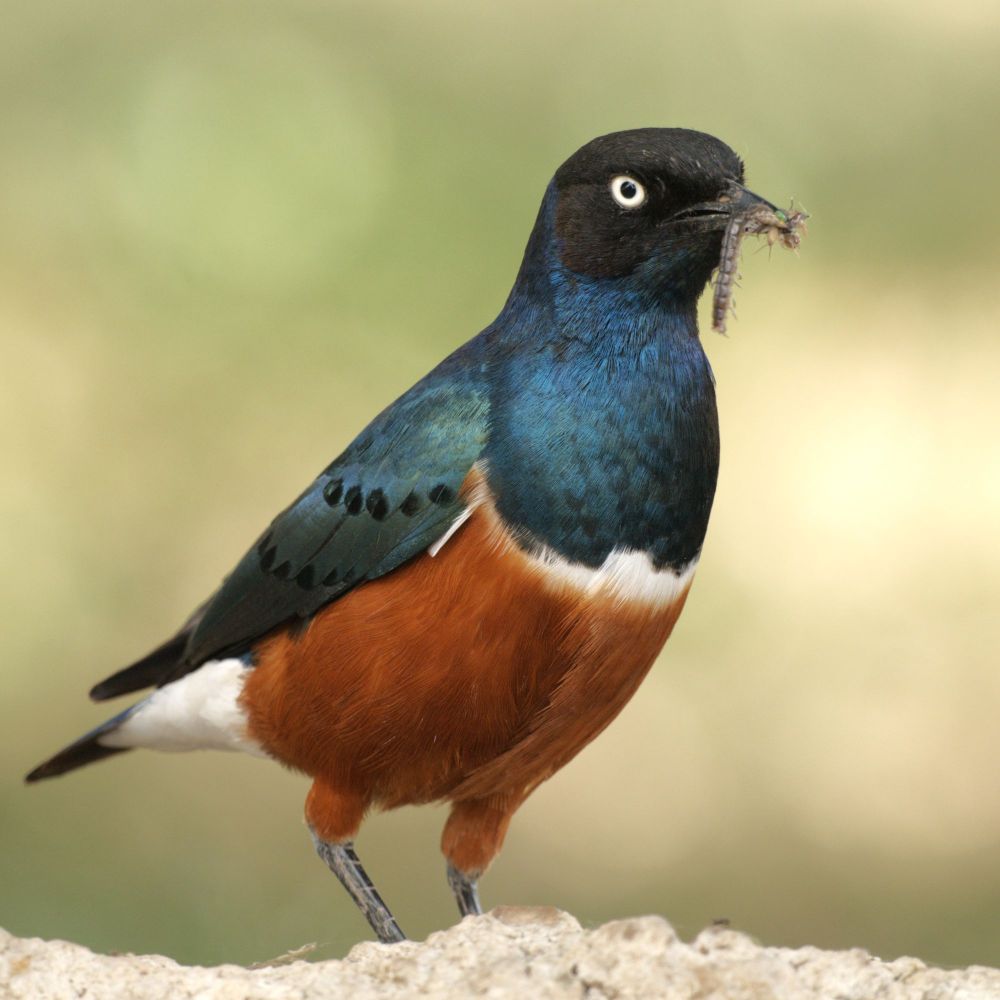
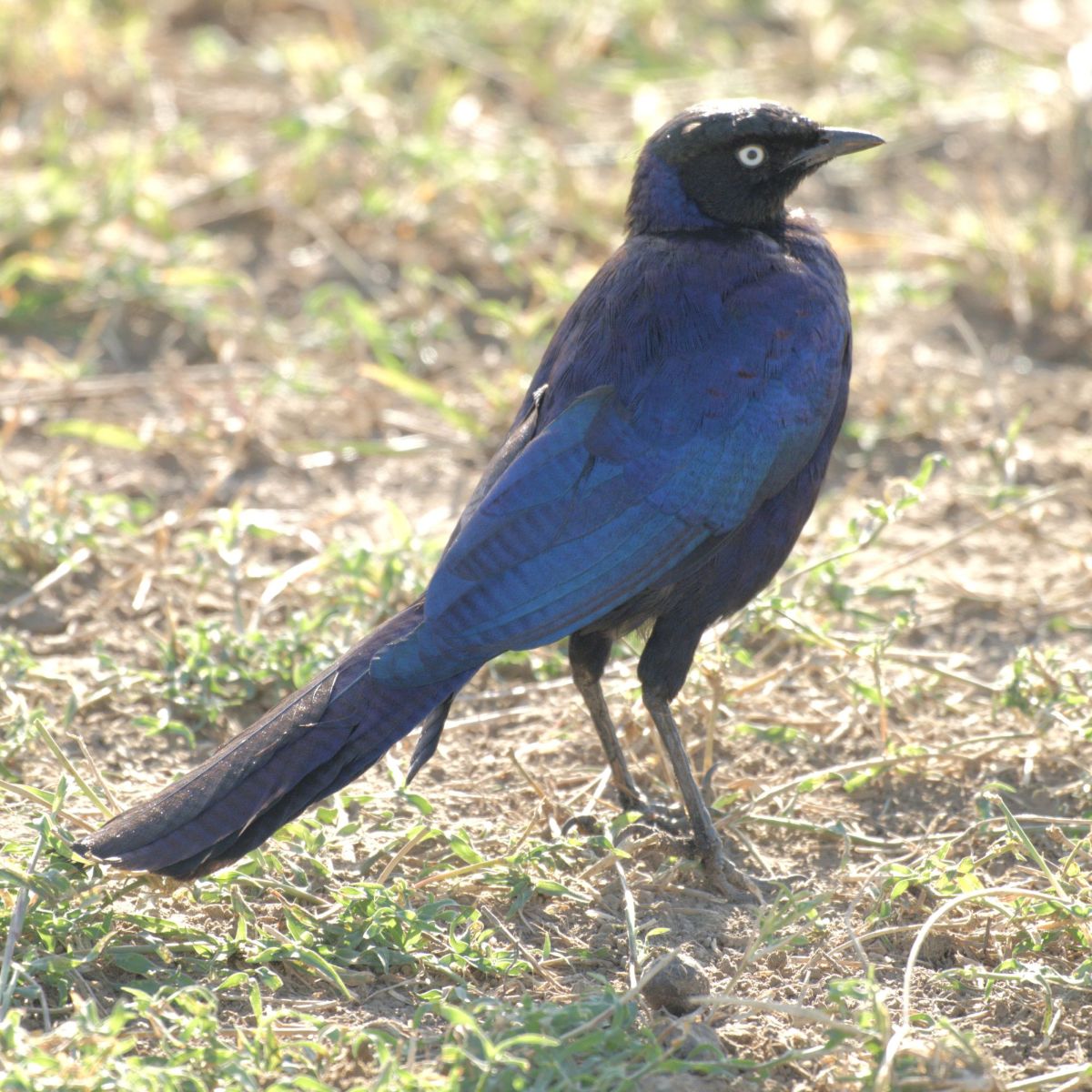
©Terry R. Thomas/www.nature-track.com
The Hildebrant’s (left), Superb (center) and Ruppell’s (right) starlings are beautiful birds with little resemblance to the European starling we all love to hate.
I crept around the back corner of my grandfather’s house, BB gun in hand. The Bing cherry tree outside the front porch was being assailed by robins and European starlings and it was my job to rid the world of these pests (according to grandpa). The robins were easy and I had already piled up a series of kills, but starlings were a different animal and I had yet to catch one unawares. This time my sneakiness paid off and a single dead starling soon lay at my feet, the beginning of a life-long distain for this invasive species.
As the name indicates, European starlings are not native to the Americas, no starling is. Released in the 1890s in New York City, “in recent decades it has consistently been the most numerous species tallied on the annual Christmas bird counts, and it may now be the most abundant species of bird in North America.” This noisy, messy bird displaces native birds and I felt like it earned my contempt where the name, starling, was spoken as an insult.
A recent trip to Africa has changed my mind forever on starlings though. Starlings are native to Africa, Asia, Australia, Europe, and tropical Pacific islands, but some can now be found worldwide. The starling family, Sturnidae, is a large one, with 128 species, all considered starlings. Most have starling in their name, but the family also includes the mynas and the oxpeckers (birds that feed on insects on the backs of large animals like hippos).
With such a large family, the diversity is astounding, and that is part of the reason for the sea-change in my thinking. Some are among the most beautiful birds in the world. In general, starlings have a high sheen, triangular wings, and short tails. They are typically omnivorous, and at times gather in huge flocks called murmurations, where they can fly together like a single organism.
Most starlings (mynas are particularly good at this) can mimic sounds that they hear in their environment. Car horns, jets, other birds, and even human voices are copied and sometimes incorporated into the song of that bird, giving each individual the potential for its own voice.
While the European starling is actually a handsome bird during breeding season, it is pretty plain when compared to its cousins. When we saw our first superb starling (yes, that is its name), I nearly broke my neck trying to get a better look. Superlatives just seemed lacking when trying to describe this bird. Then there was the Hildebrant’s, Ruppell’s, and wattled starlings, all fabulously decorated.
It is interesting to note that much of the color displayed by starlings is structural, not pigments. The design of the feathers and how they reflect light give the birds their awesome attire.
On my refrigerator, I have three magnets from a series you might have seen, called “Advice from…” Mine are Advice from a Mule Deer (Be a good listener), Advice from a Butterfly (Take yourself lightly), and Advice from a Fossil (Don’t fall apart under pressure). If starlings were to be added to this series, I think it might look like this: Advice from a Starling—sing your own song, beauty is where you find it, one bad apple does not spoil the bushel, and do not be quick to judge. That is all advice I can use in my own life.
Help Idaho Wildlife
When we traveled across the state in October 2017, we visited most of the Idaho Department of Fish and Game wildlife management areas. Most of the vehicles we saw using the wildlife management areas did not have wildlife plates. Buying wildlife plates is a great way for non-hunters and hunters alike to support wildlife-based recreation like birding.
C'mon folks, let's help Idaho's wildlife by proudly buying and displaying a wildlife license plate on each of our vehicles!
See below for information on Idaho plates. Most states have wildlife plates so if you live outside Idaho, check with your state's wildlife department or vehicle licensing division for availability of state wildlife plates where you live.
And tell them that you heard about it from Nature-track.com!
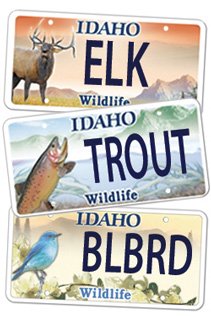
Wildlife License Plates
Great news! as of 2024, there are three NEW designs for license plates. They still are bluebird, cutthroat trout and elk, but they are beautiful.
Idaho Wildlife license plates provide essential funding that benefits the great diversity of native plants and wildlife that are not hunted, fished or trapped—over 10,000 species or 98% of Idaho’s species diversity. Game species that share the same habitats (such as elk, deer, antelope, sage-grouse, salmon, trout) also benefit from these specialty plates.
No state tax dollars are provided for wildlife diversity, conservation education and recreation programs. Neither are any revenues from the sale of hunting or fishing licenses spent on nongame species. Instead, these species depend on direct donations, federal grants, fundraising initiatives—and the Idaho Wildlife license plates.
Both my vehicles have Bluebird Plates. I prefer the bluebird because the nongame program gets 70 percent of the money from bluebird plates, but only 60 percent of the money from elk and trout plates - 10 percent of the money from elk plates supports wildlife disease monitoring and testing programs (to benefit the livestock industry) and 10 percent from cutthroat plates supports non-motorized boat access.
Incidentally, in 2014, the Idaho Legislature denied the Department of Fish and Game the ability to add new plates or even to change the name of the elk and cutthroat plates (very specific) to wildlife and fish plates, a move that would have allowed for changing images occasionally and generating more revenue. It would seem that they believe that we Idahoans don't want a well funded wildlife program.
I think it is time we let the Legislature know that Idahoan support wildlife funding and that we would like to see these generic plates come to fruition.
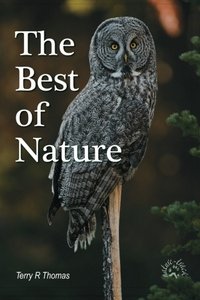
"WOW. What a phenomenal piece you wrote. You are amazing." Jennifer Jackson
That is embarrassing, but actually a fairly typical response to my nature essays. Since The Best of Nature is created from the very best of 16 years of these nature essays published weekly in the Idaho Falls Post Register (online readership 70,000), it is a fine read. It covers a wide variety of topics including humorous glimpses of nature, philosophy, natural history, and conservation. Readers praise the style, breadth of subject matter and my ability to communicate complex and emotional topics in a relaxed and understandable manner.
Everyone can find something to love in this book. From teenagers to octogenarians, from the coffee shop to the school room, these nature essays are widely read and enjoyed.
Some of the essays here are my personal favorites, others seemed to strike a chord with readers. Most have an important message or lesson that will resonate with you. They are written with a goal to simultaneously entertain and educate about the wonderful workings of nature. Some will make you laugh out loud and others will bring a tear to the eye and warm your heart.
Readers Write:
"You hit a home run with your article on, Big Questions in Nature. It should be required reading for everyone who has lost touch with nature...great job!" Joe Chapman
"We enjoyed your column, Bloom Where Planted. Some of the best writing yet. The Post Register is fortunate to have your weekly columns." Lou Griffin.
To read more and to order a copy, click here or get the Kindle version
Copies are also available at:
Post Register
Island Park Builders Supply (upstairs)
Barnes and Noble in Idaho Falls
Harriman State Park, Island Park
Museum of Idaho
Valley Books, Jackson Wyoming
Avocet Corner Bookstore, Bear River National Wildlife Refuge, Brigham City, Utah
Craters of the Moon National Monument Bookstore, Arco, Idaho